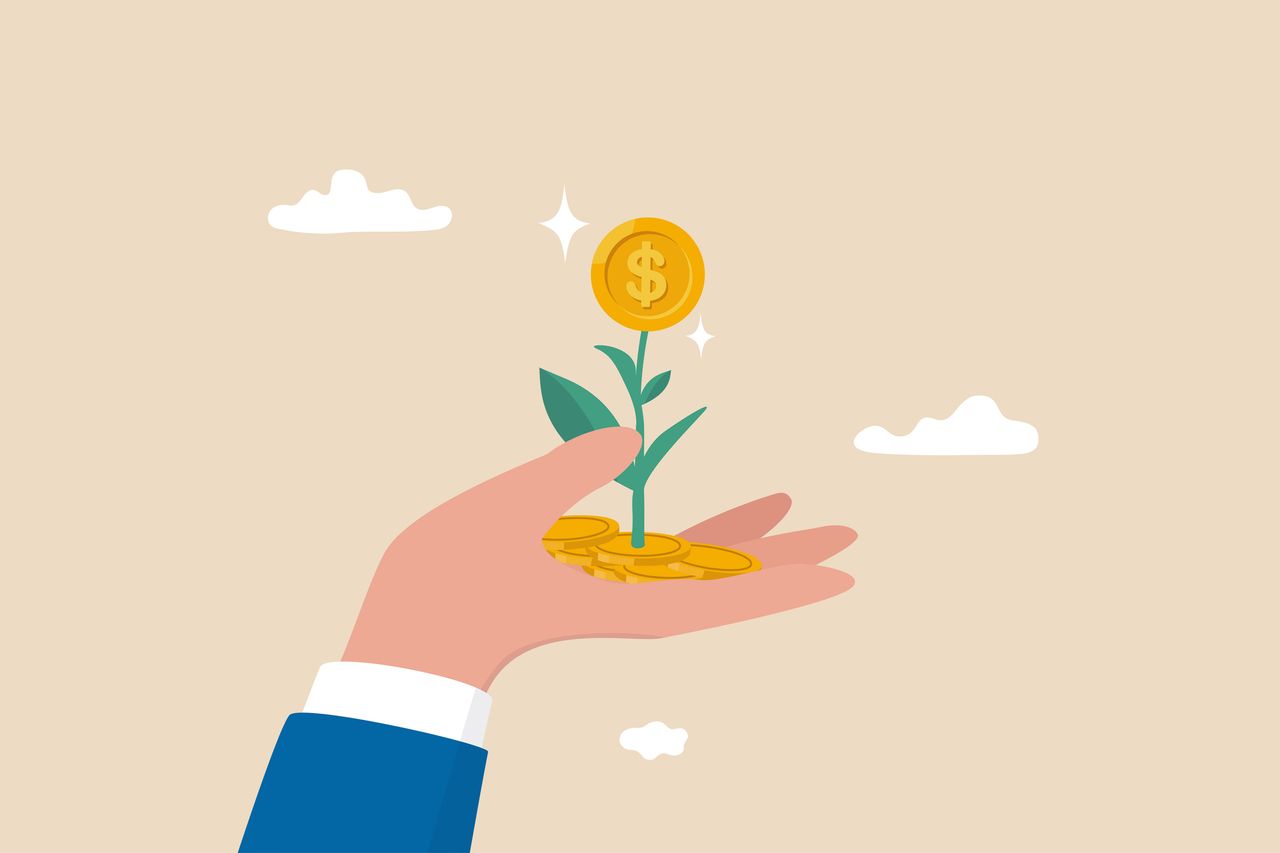
If you're looking to find a great high-yield savings account but want to avoid pesky fees, you’re in luck. You can find no-fee high-yield savings rates as high as 4.35%
With a no-fee high-yield savings account, you'll have the benefit of a high APY, but you won't have to cut into your earnings by offsetting any additional monthly fees.
Best of all, now is an excellent time to secure a higher rate, as the Federal Reserve cut rates again at its December meeting. Now is the time to capitalize while rates are still higher.
The best no-fee high-yield savings rates
Account |
APY |
Min. Opening Deposit |
|---|---|---|
4.35% |
$0 |
|
4.16% |
$100 |
|
4.10% |
$100 |
|
4.05% |
$0 |
|
3.90% |
$0 |
|
3.90% |
$0 |
|
3.80% |
$0 |
|
3.75% |
$100 |
Tips for finding the best no-fee high-yield savings rates
Before you open a no-fee high-yield account, there are a few things to keep in mind.
Look out for hidden fees: Brick-and-mortar banks and credit unions are more likely to have minimum balance requirements than online banks. In all cases, check to see what, if any, requirements exist before opening the account so fees don't eat into interest earnings.
Ensure your money is safe: Another important consideration when opening a savings account is to verify that it is FDIC-insured, so you can be confident that your funds will be secure in the event the bank fails. The FDIC protects up to $250,000 in individual deposit accounts and up to $250,000 for each person's share of joint accounts. Credit Union members also receive $250,000 through the NCUA.
Compare high-yield rates: It's a good idea to shop around for savings accounts to ensure you get the best rates. Usually, online banks offer more generous APYs on savings accounts, so changing from your traditional savings account at a brick-and-mortar bank to one online could be a good choice.
Avoid teaser rates: Teaser rates are promotional rates that banks use to attract new customers, but these are typically short-lived.
Rates are variable: Since interest rates on no-fee high-yield savings accounts are variable, the APY on the account can decrease from what it was when you first opened the account if the Fed cuts rates in the future.
Use the tool below, in partnership with Bankrate, to search further for some of the best high-yield savings accounts available:
Pros and cons of no-fee high-yield savings accounts
Pros:
- Higher APYs: Since high-yield savings accounts have higher APYs than traditional savings accounts, you'll accrue more interest over time. Plus, interest in these accounts is compounded daily.
- Safety: Many high-yield accounts are FDIC or NCUA insured, meaning that if something were to happen to the bank (or credit union) your account is with, your money will still be safe.
- Accessibility: While there are sometimes limitations to the number of free withdrawals you can make from a savings account, your money is still readily accessible whenever needed.
- No minimum deposit requirements and/or fees: Many high-yield savings accounts charge a monthly fee and/or require a minimum deposit to earn the advertised APY, but no-fee accounts won't.
Cons:
- Not suited for long-term goals: If you're looking to save for long-term goals, like retirement, other investments, like stocks, are usually a better choice for your money.
- Variable interest rates: Since interest rates are variable, the APY on the account can decrease from the rate it was when you opened the account.
- Online banks: Since most high-yield accounts are offered by online banks, you likely won't have branch access, so contacting customer service can be more challenging.
- Transfers can be time-consuming: If you have a savings account with an online bank and a checking account with a traditional bank, it could take a day or several to transfer funds from your savings to your checking account. Should you need immediate access to your savings, ensure you have an active ATM card available.
Bottom line on no-fee high-yield savings rates
If you're not saving your cash in a high-yield savings account, you're missing out on easy money. Many high-yield savings accounts offer impressive APYs that can help you bolster your savings with no effort at all.
And if you opt for a no-fee account, you won't have to worry about paying any monthly service charges that can eat into the interest you've earned.







